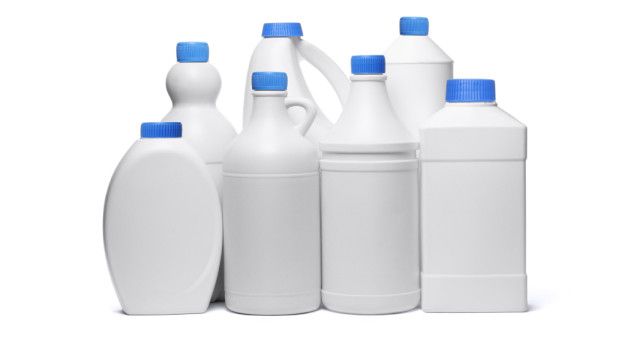A Primer on Bleach: How and Why it Works
This report addresses the process by which sodium hypochlorite, the active ingredient in commercial bleach products, destroys disease-causing pathogens. It explains the science of how and why bleach is an effective disinfection agent, and presents information to address common misconceptions about bleach.

Report Summary
This report addresses the process by which sodium hypochlorite, the active ingredient in commercial bleach products, destroys disease-causing pathogens. It explains the science of how and why bleach is an effective disinfection agent, and presents information to address common misconceptions about bleach.
Editor's Take
As Rutala and Weber (1997) explain, "Hypochlorite has many of the properties of an ideal disinfectant, including a broad antimicrobial activity, rapid bactericidal action, reasonable persistence in treated potable water, ease of use, solubility in water, relative stability, relative nontoxicity at use concentrations, no poisonous residuals, no color, no staining, and low cost. "
Takeaways for Your Business
- Discover how sodium hypochlorite destroys pathogens
- Review the proper concentration of bleach to be used in the healthcare setting
- Learn how to address staff misconceptions about bleach odor and other concerns
Vet IP Roundtable 2: Infection Control and Biosecurity Challenges in Veterinary Care
March 31st 2025Veterinary IPs highlight critical gaps in cleaning protocols, training, and biosecurity, stressing the urgent need for standardized, animal-specific infection prevention practices across diverse care settings.
Invisible, Indispensable: The Vital Role of AHRQ in Infection Prevention
March 25th 2025With health care systems under strain and infection preventionists being laid off nationwide, a little-known federal agency stands as a last line of defense against preventable patient harm. Yet the Agency for Healthcare Research and Quality (AHRQ) is now facing devastating cuts—threatening decades of progress in patient safety.
From Shortages to Security: How Reusable Health Care Textiles Can Transform Infection Prevention
March 7th 2025Reusable health care textiles enhance infection prevention, reduce waste, and strengthen supply chains. Hygienically clean textiles offer a sustainable, cost-effective alternative to disposable PPE, ensuring patient safety and environmental responsibility.